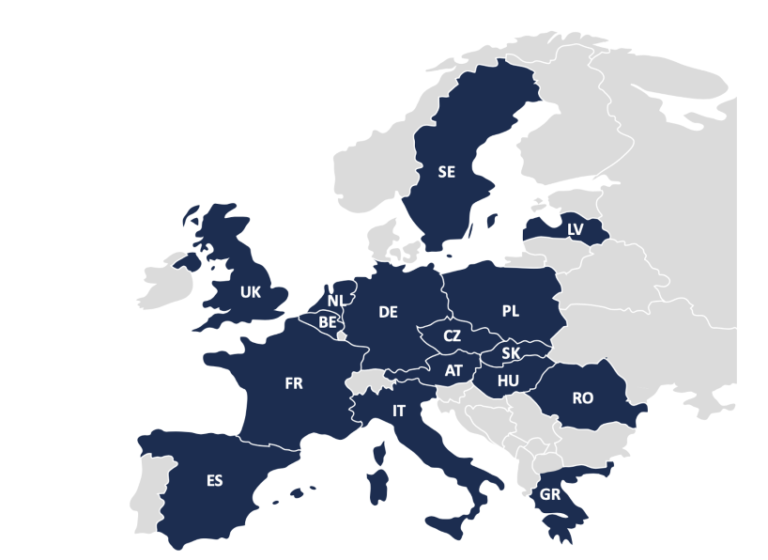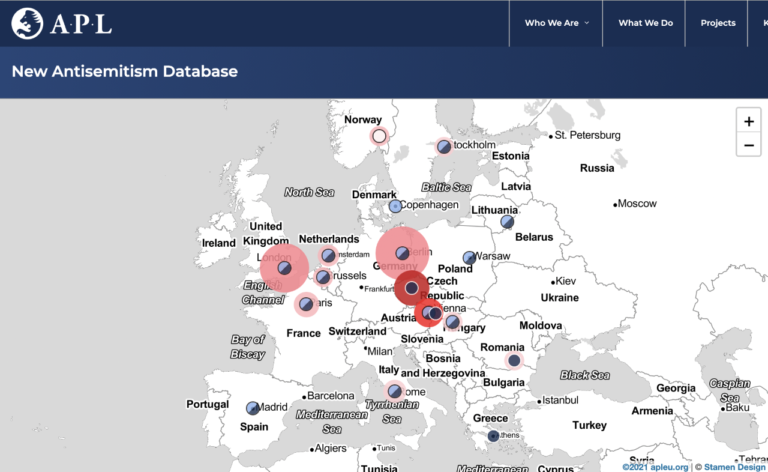Antisemitism
“Antisemitism is a certain perception of Jews, which may be expressed as hatred toward Jews. Rhetorical and physical manifestations of antisemitism are directed toward Jewish or non-Jewish individuals and/or their property, toward Jewish community institutions and religious facilities.” International Holocaust Remembrance Alliance (IHRA) working definition
Antisemitic hate speech
Antisemitic hate speech covers all forms of expressions that spread, incite, promote or justify antisemitism. It includes public hate speech, hate speech channeled via the Internet and social media, any abusive behavior and abusive art.
Antisemitic discrimination
The denial to Jews of opportunities or services available to others.
The denial to Jews of opportunities or services available to others. APL also monitor and act upon discrimination which disproportionally affects Jews even when the origin or motivation might not be entirely (or not at all) antisemitic. Examples of this could e.g. be inability to take days off from work due to Jewish holidays; ban on shechita (kosher shlaughter) and brit mila (circumcision).
Hate crime
A crime as defined by the criminal code, which has been motivated by prejudice against a certain group of people.
Most countries monitored by APL has hate crimes as part of the criminal code. Antisemitic hate crimes is an under-category of hate crimes. The legislation is not unified, and the exact definitions and the consequences of such crimes varies. This means that an incident which is illegal in one country might be legal in another.
Hate-motivated incident
An offense, also based on prejudice against a specific group of people, but not reaching the level of criminal conduct.
Antisemitic incidents is an under-category of Hate-motivated incidents. APL monitors all forms of Antisemitic incidents, including those not reaching the level of criminal conduct in all countries. If APL would limit the monitoring to only Antisemitic hate crimes, it would be difficult to identify changing trends, since most forms of Antisemitism are never reported. One of APL´s goals are to facilitate the reporting of Antisemitic incidents.
Antisemitic hate speech
Antisemitic hate speech covers all forms of expressions that spread, incite, promote or justify antisemitism. It includes public hate speech, hate speech channeled via the Internet and social media, any abusive behavior and abusive art.
Cognitive dimension of prejudice
The content of prejudicial statements: the personality traits, characteristics, behaviours and historical and political roles that are attributed to the subject of prejudice according to the prejudiced person.
Affective dimension of prejudice
The emotions felt towards the object of prejudice, the emotional intensity of prejudice: distancing, rejection, aversion, dislike, hatred.
Conative dimension of prejudice
It indicates a willingness to act in accordance with prejudice, such as a willingness to accept discrimination
Holocaust denial
Holocaust denial is any attempt to deny the historical facts of the extermination of European Jews by the Nazis and others during World War II. Holocaust denial in its various forms is an expression of antisemitism.
Holocaust distortion
Holocaust distortion is any attempt to excuse, lessen or misrepresent the known historical data. Holocaust distortion is also considered antisemitsm.








